Home>Others>Specialized Home Improvement Topics>What Percentage Can You Tint Your Car Windows
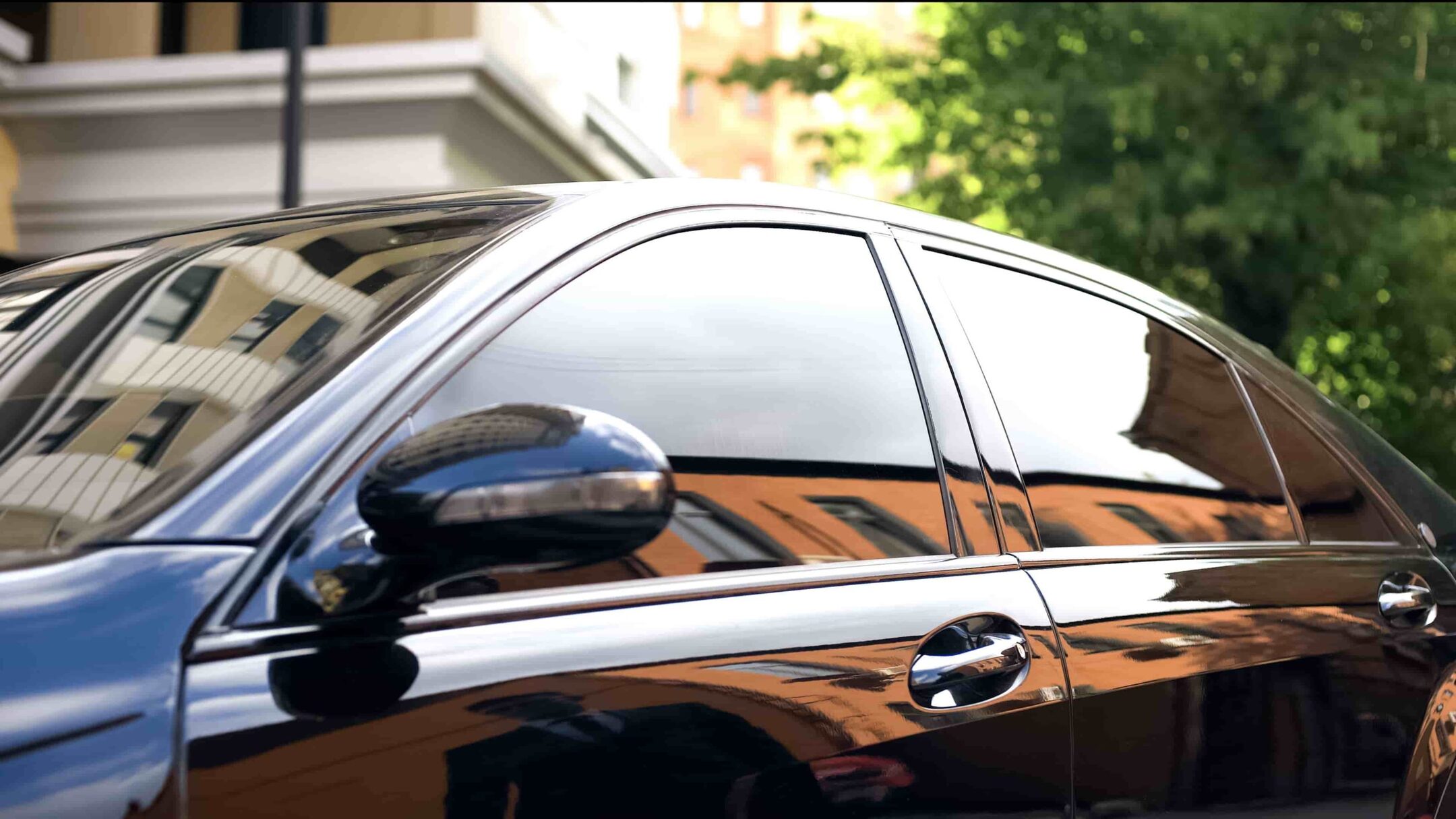

Specialized Home Improvement Topics
What Percentage Can You Tint Your Car Windows
Modified: January 14, 2024
Discover the legal limits and benefits of tinting car windows. Get expert advice on specialized home improvement topics. Unlock the perfect tint for your vehicle!
(Many of the links in this article redirect to a specific reviewed product. Your purchase of these products through affiliate links helps to generate commission for Storables.com, at no extra cost. Learn more)
Introduction
So, you're thinking about tinting your car windows. It's a decision that can add style, privacy, and functionality to your vehicle. But before you dive into the world of window tinting, it's crucial to understand the legal restrictions and the different percentage options available. This article will guide you through the ins and outs of car window tinting percentages, helping you make an informed decision that aligns with both your personal preferences and the legal requirements in your area. Let's delve into the fascinating realm of window tinting and explore the various percentage options, benefits, and drawbacks associated with each.
Key Takeaways:
- Understand the legal restrictions on car window tinting, as they vary by state and impact visibility and safety. Research the permissible Visible Light Transmission (VLT) percentages to comply with the law.
- Consider the benefits and drawbacks of different tint percentages, balancing privacy, UV protection, and visibility. Choose a tint that aligns with your driving needs and climate conditions while complying with local regulations.
Read more: Why Tint Your Car Windows
Legal Restrictions on Window Tinting
Before selecting a window tint percentage for your car, it’s essential to be aware of the legal restrictions governing window tinting in your location. These regulations vary from state to state and are designed to ensure road safety and visibility for law enforcement officers. Violating these restrictions can result in fines and the requirement to remove or adjust the tint, so it’s crucial to adhere to the guidelines.
In the United States, window tint laws specify the maximum allowable percentage of light that can pass through the tinted windows. This measurement is known as Visible Light Transmission (VLT) and is expressed as a percentage. For instance, a 70% VLT means that 70% of light is allowed to pass through the tint, while the remaining 30% is blocked. The lower the VLT percentage, the darker the tint.
It’s important to research the specific regulations in your state or country, as the permissible VLT percentages can vary. For example, some regions may allow a lower VLT percentage for rear windows and rear windshields compared to the front side windows. Additionally, some states prohibit the use of certain colors or reflective tints. Understanding these laws will help you select a window tint percentage that complies with the legal requirements while meeting your preferences.
By familiarizing yourself with the legal restrictions on window tinting, you can ensure that your car’s tint not only enhances its aesthetic appeal but also aligns with the regulations, keeping you on the right side of the law.
Percentage Guidelines for Window Tinting
When it comes to choosing a window tint percentage for your car, the options can seem overwhelming. However, understanding the different percentage guidelines can help you make an informed decision that suits both your personal preferences and the legal requirements in your area.
Window tint percentages typically range from 5% to 70%, with 5% being the darkest and 70% being the lightest. Here’s a breakdown of the common percentage options:
- 5-20%: This range is often referred to as “limo tint” due to its extremely dark appearance. While it provides maximum privacy and UV protection, it can significantly reduce visibility, especially at night. In many states, this level of tint is only legal for rear windows and rear windshields.
- 20-35%: Tints in this range offer a dark appearance while still providing some visibility from the inside. They are popular for those seeking a sleek look with enhanced privacy without compromising too much on visibility.
- 35-50%: Falling into the “medium” tint category, these percentages offer a balance between style, UV protection, and visibility. They are often a popular choice for front side windows, as they provide privacy without significantly hindering visibility.
- 50-70%: Known as “light” tints, this range offers minimal privacy but provides UV protection and a subtle aesthetic enhancement. These percentages are typically used for those seeking a light tint that complies with legal restrictions.
It’s important to consider both your personal preferences and the legal limitations when selecting a window tint percentage. By understanding the guidelines and the effects of each percentage range, you can make an informed decision that aligns with your needs and ensures compliance with the law.
In most states, the legal limit for tinting car windows is around 30-35% for the front side windows and 5% for the rear windows. It’s important to check your state’s specific laws before tinting your windows to avoid any fines or penalties.
Benefits and Drawbacks of Different Tint Percentages
Each window tint percentage offers unique benefits and drawbacks, influencing factors such as privacy, UV protection, visibility, and style. Understanding these aspects can help you choose the ideal tint percentage for your car based on your priorities and preferences.
5-20% Tint: This level of tint provides maximum privacy, reducing the visibility into the vehicle’s interior. It also offers significant UV protection, safeguarding both the occupants and the car’s interior from sun damage. However, the trade-off is reduced visibility, particularly at night or in low-light conditions, which can affect safety.
20-35% Tint: Tints in this range strike a balance between privacy and visibility. They offer UV protection and a sleek appearance while still allowing reasonable visibility from the inside. This makes them a popular choice for those seeking a stylish look without compromising too much on visibility.
35-50% Tint: Falling into the “medium” tint category, these percentages provide a good balance between style, UV protection, and visibility. They offer privacy without significantly hindering visibility, making them suitable for front side windows where visibility is crucial for safe driving.
50-70% Tint: Light tints in this range offer minimal privacy but provide UV protection and a subtle aesthetic enhancement. They allow a higher level of visibility into the vehicle, making them suitable for those who prioritize visibility and compliance with legal restrictions.
It’s important to consider the climate and driving conditions in your area when choosing a tint percentage. For instance, if you live in a sunny region, UV protection may be a significant factor in your decision. Additionally, local regulations play a crucial role in determining the allowable tint percentage for each window, so be sure to research the specific laws in your area.
By weighing the benefits and drawbacks of different tint percentages, you can make an informed choice that aligns with your priorities, enhances your driving experience, and ensures compliance with legal requirements.
Conclusion
Choosing the right window tint percentage for your car involves a careful consideration of both personal preferences and legal restrictions. By understanding the benefits, drawbacks, and guidelines associated with different tint percentages, you can make an informed decision that enhances the functionality, style, and privacy of your vehicle.
It’s crucial to research the specific regulations governing window tinting in your area, as these laws dictate the permissible Visible Light Transmission (VLT) percentages for each window. Adhering to these regulations not only ensures compliance with the law but also contributes to road safety and visibility for law enforcement officers.
When exploring the various tint percentages, consider factors such as privacy, UV protection, visibility, and aesthetic appeal. Each percentage range offers unique advantages and trade-offs, allowing you to prioritize the aspects that align with your driving needs and climate conditions.
Whether you opt for a darker tint for enhanced privacy and UV protection or a lighter tint to maintain visibility and comply with legal restrictions, your decision should reflect a balance between personal preferences and safety considerations.
Ultimately, the ideal window tint percentage for your car is one that aligns with your priorities, enhances your driving experience, and complies with the regulations in your area. By leveraging the insights provided in this article, you can confidently navigate the world of window tinting and select a percentage that transforms your car into a stylish, functional, and compliant vehicle.
Frequently Asked Questions about What Percentage Can You Tint Your Car Windows
Was this page helpful?
At Storables.com, we guarantee accurate and reliable information. Our content, validated by Expert Board Contributors, is crafted following stringent Editorial Policies. We're committed to providing you with well-researched, expert-backed insights for all your informational needs.
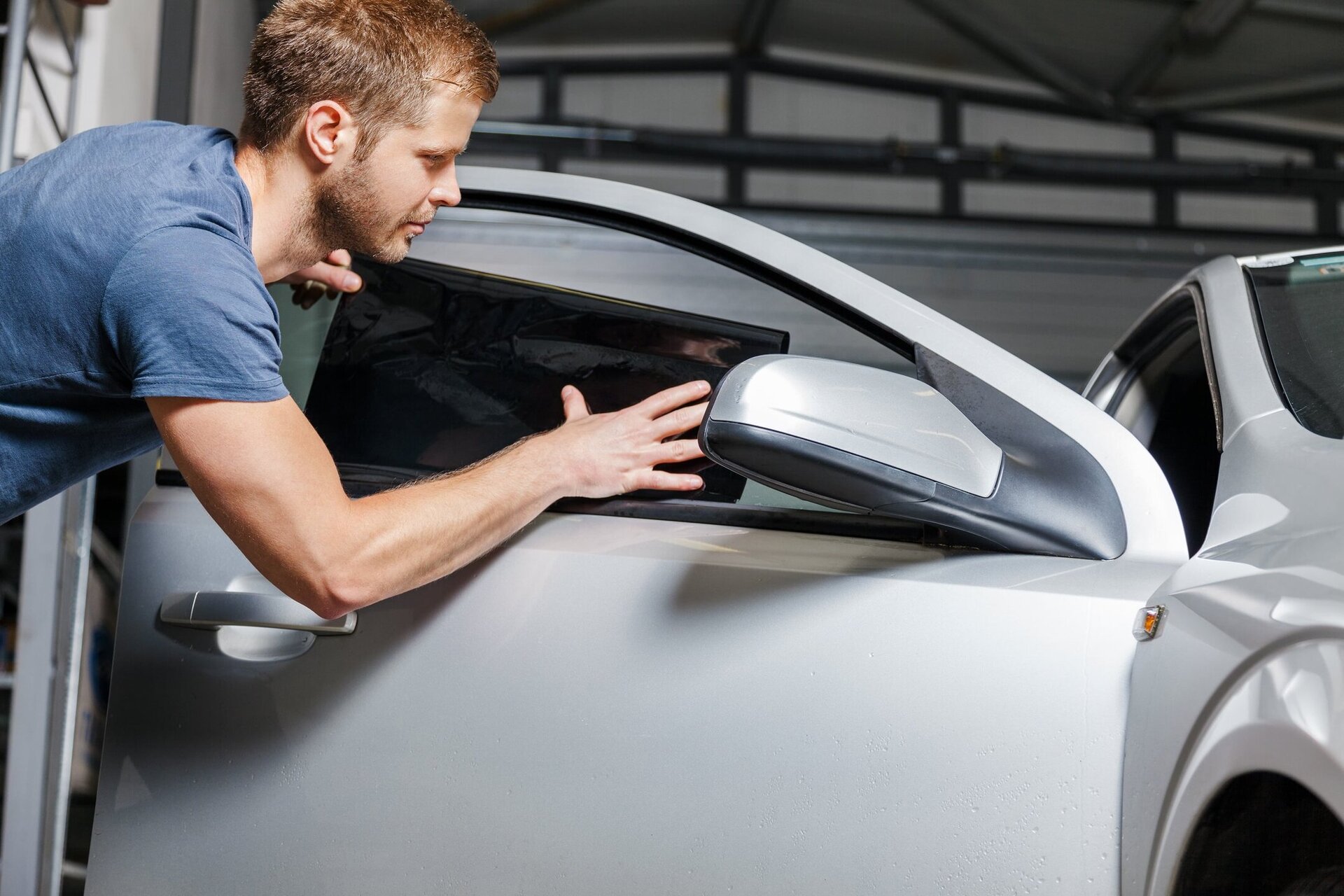
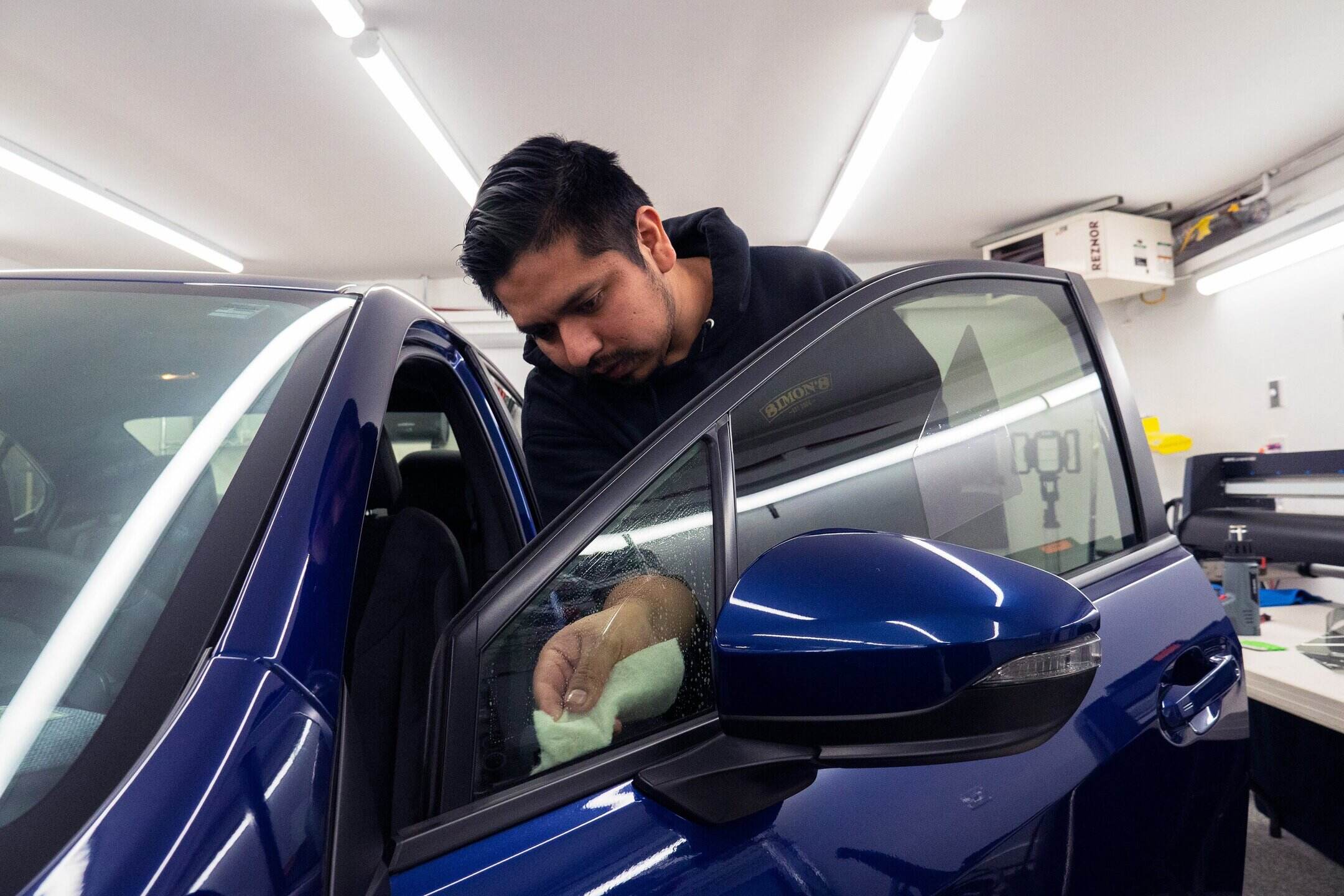
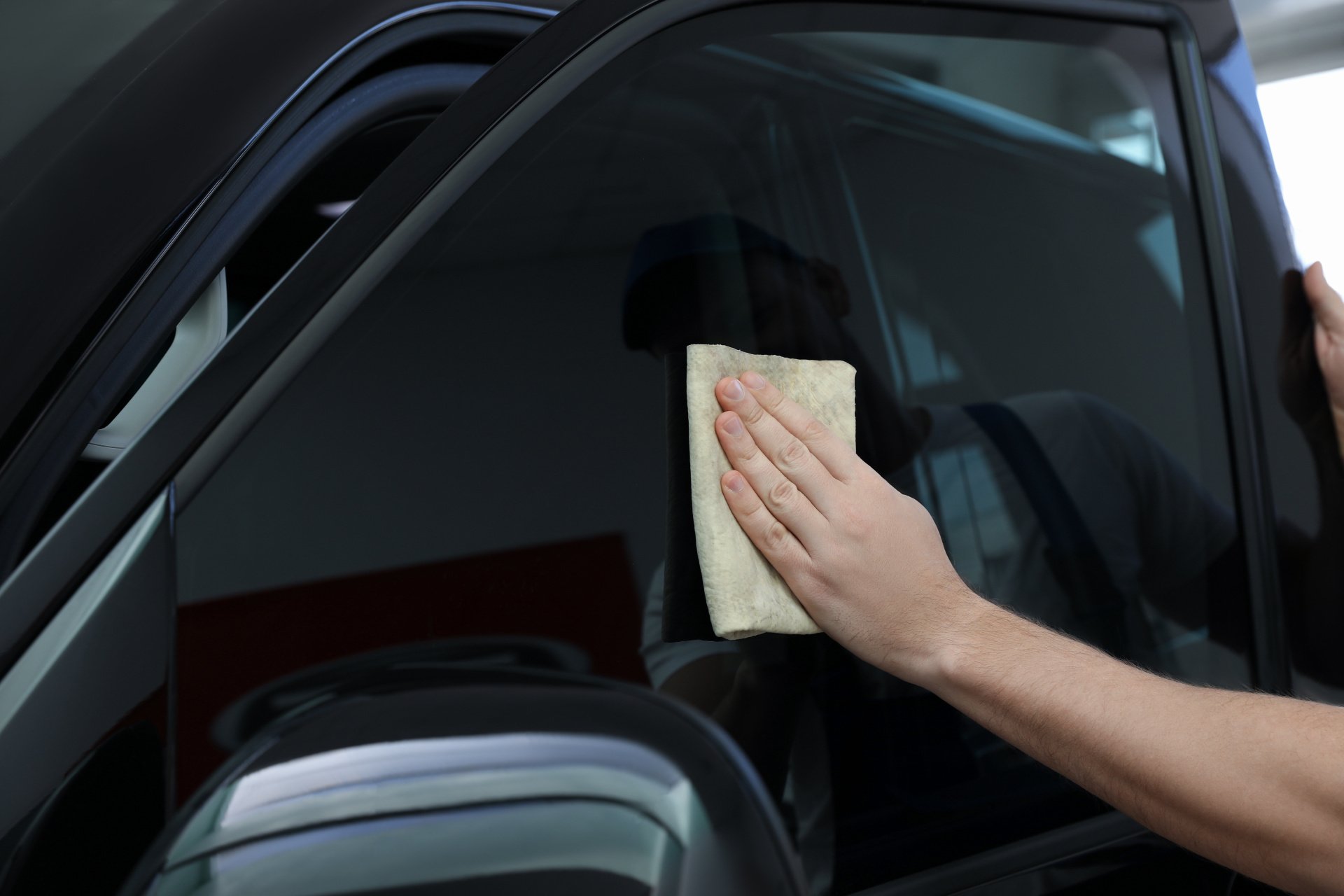
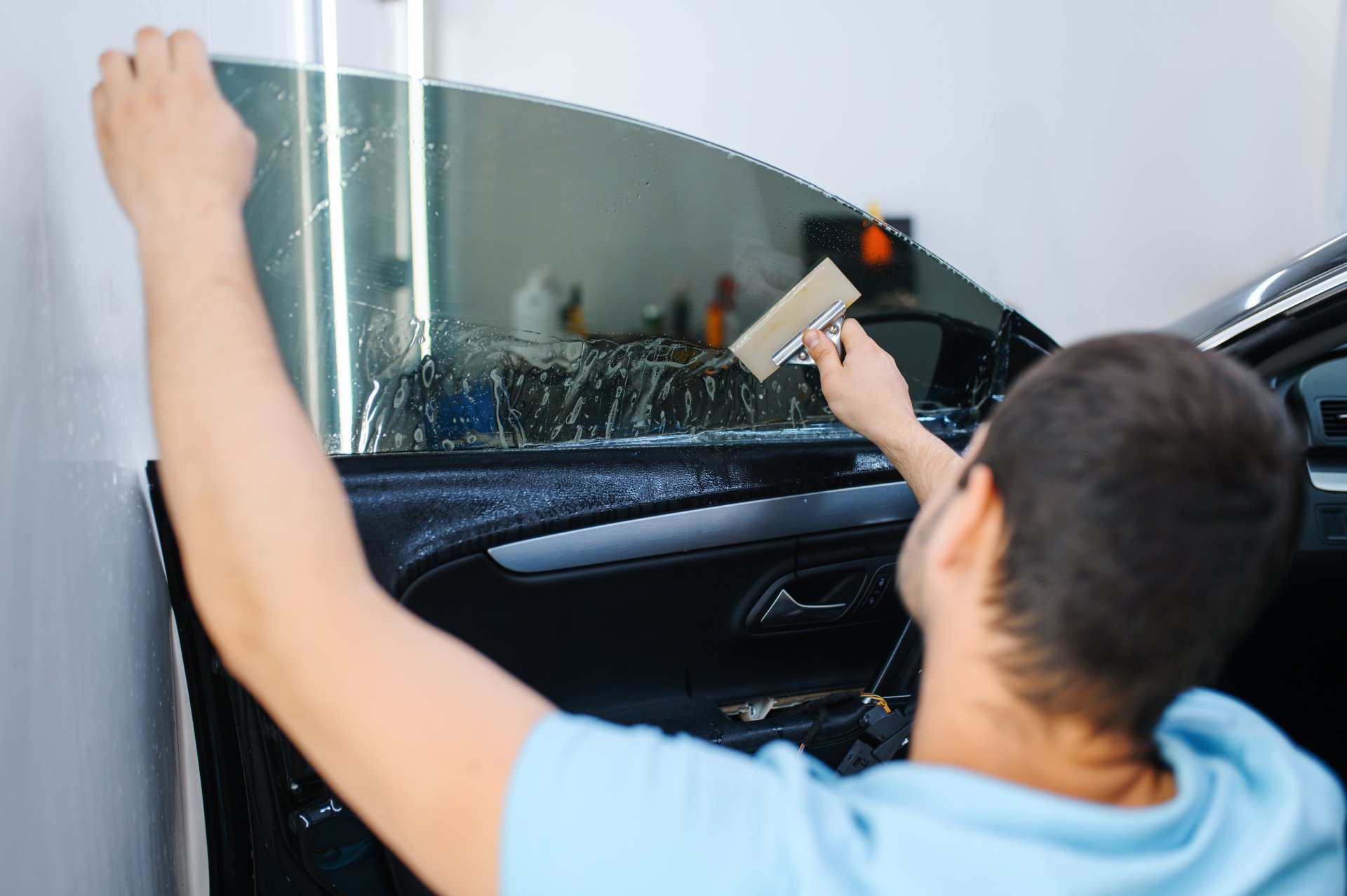
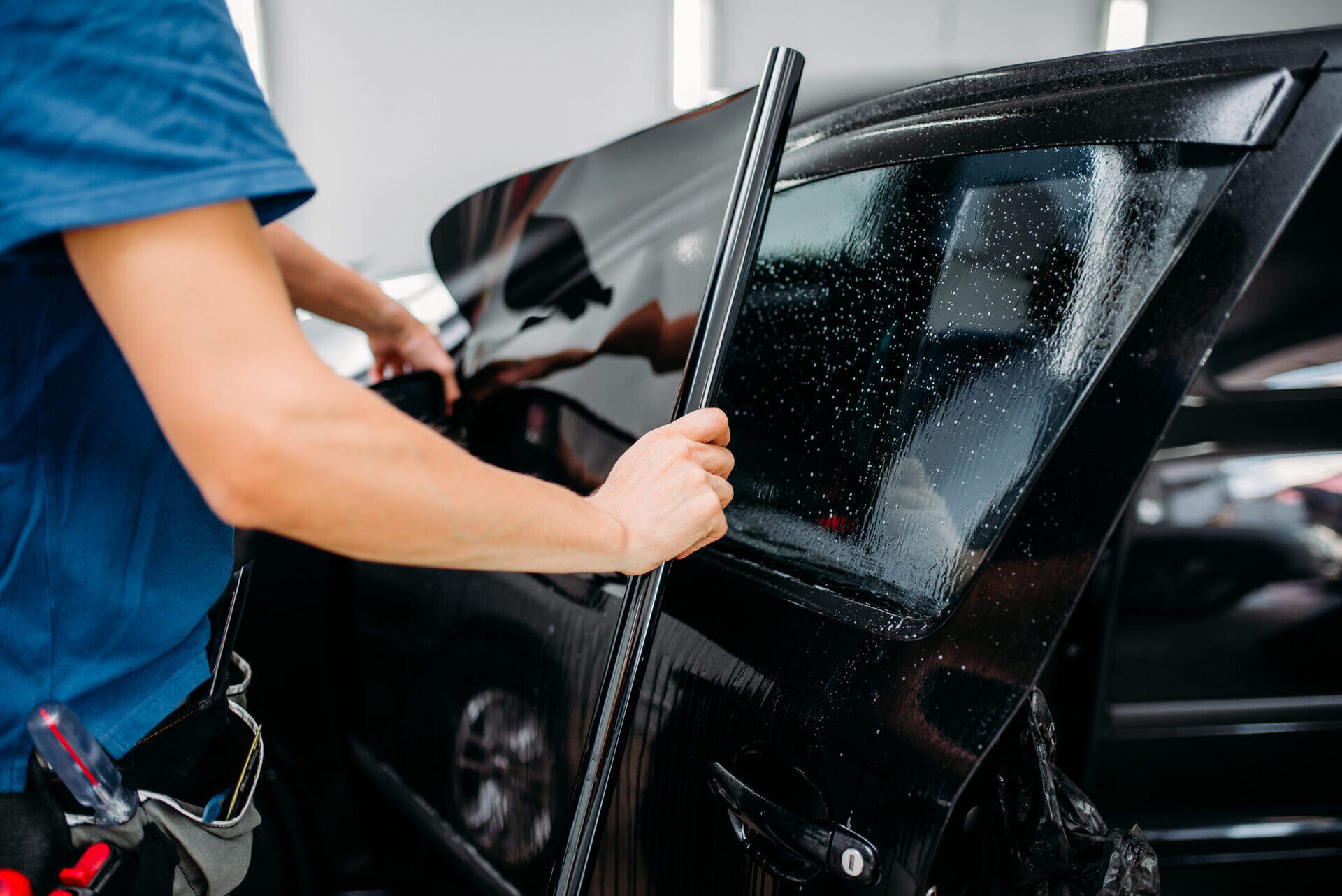
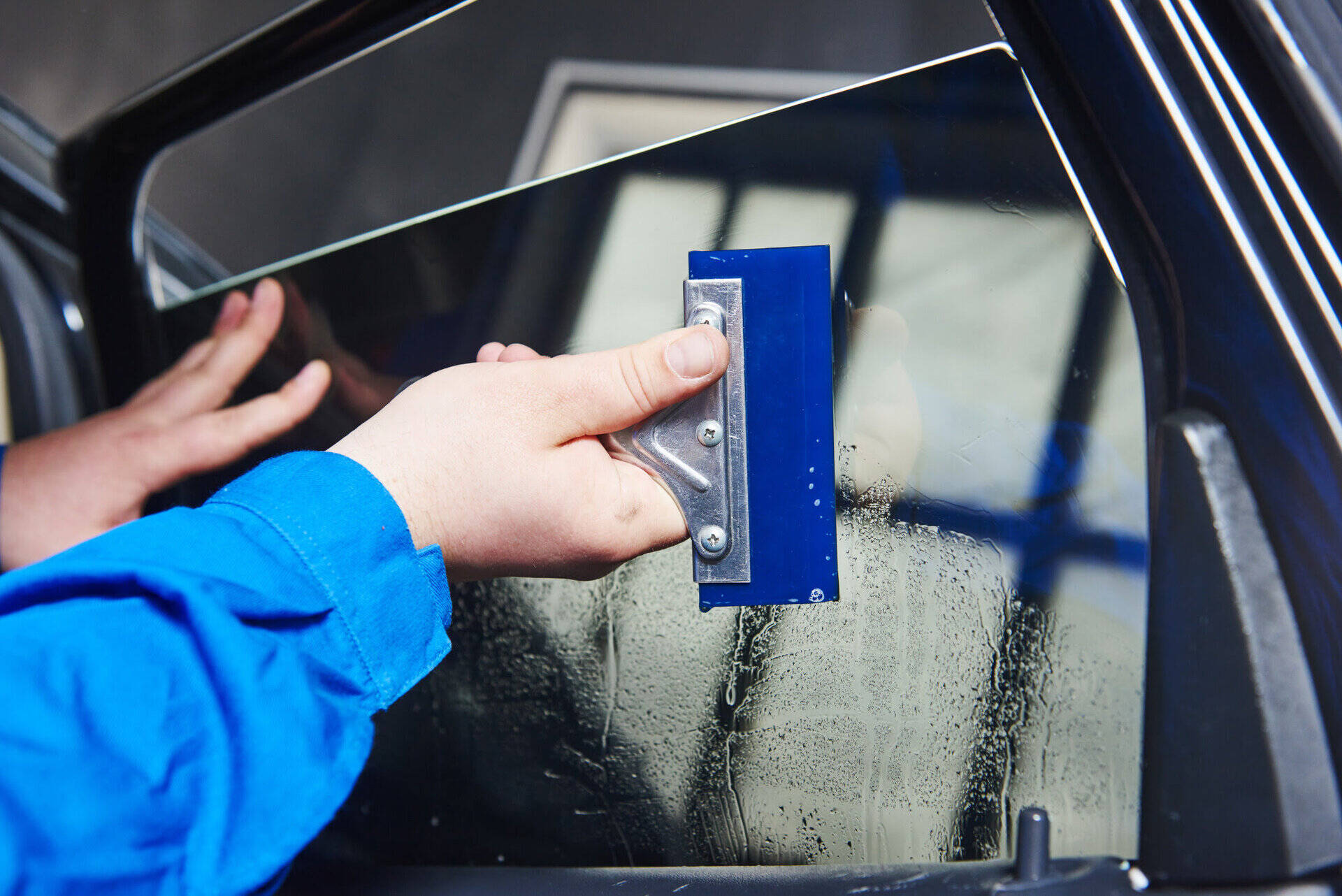
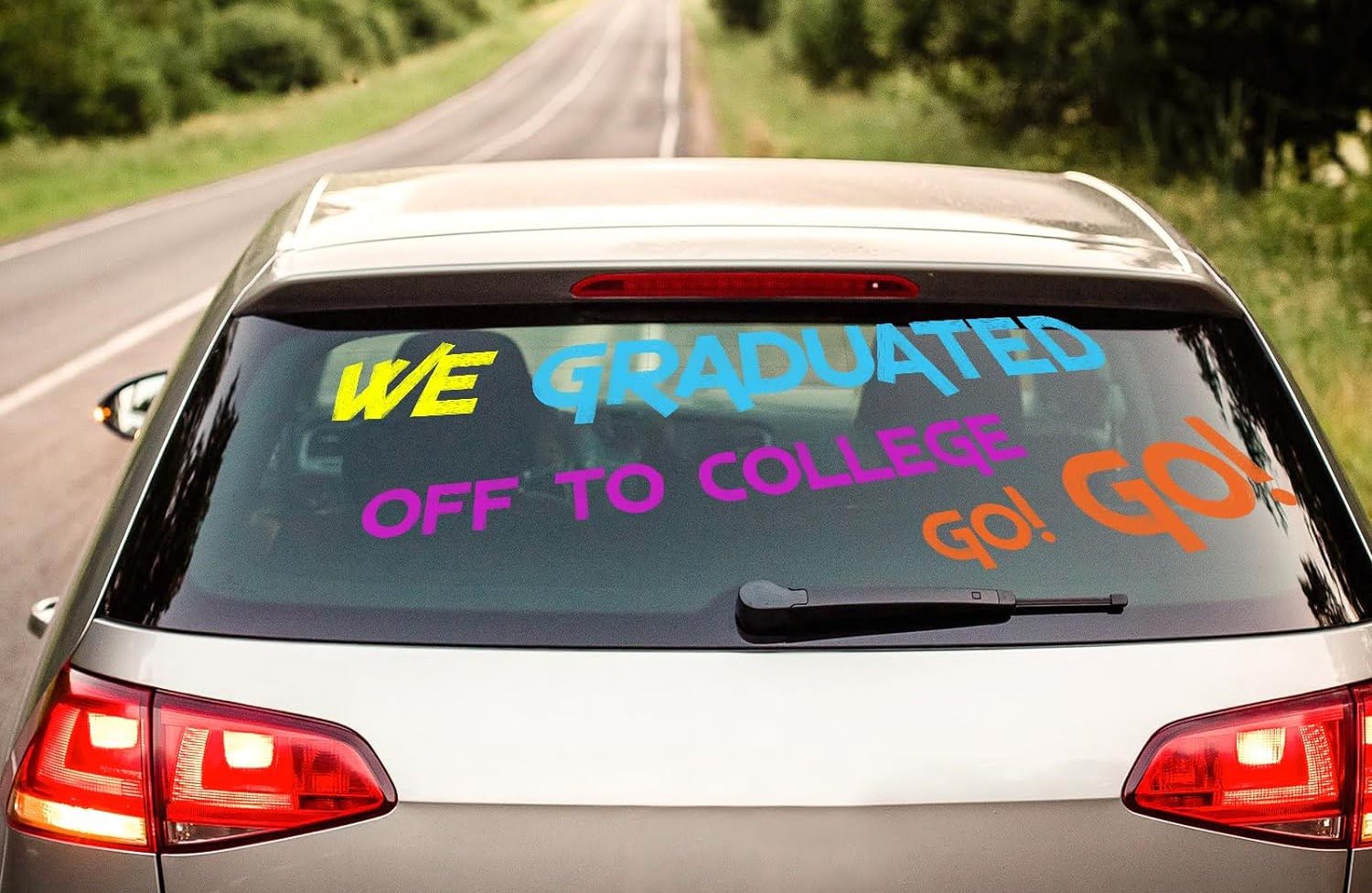
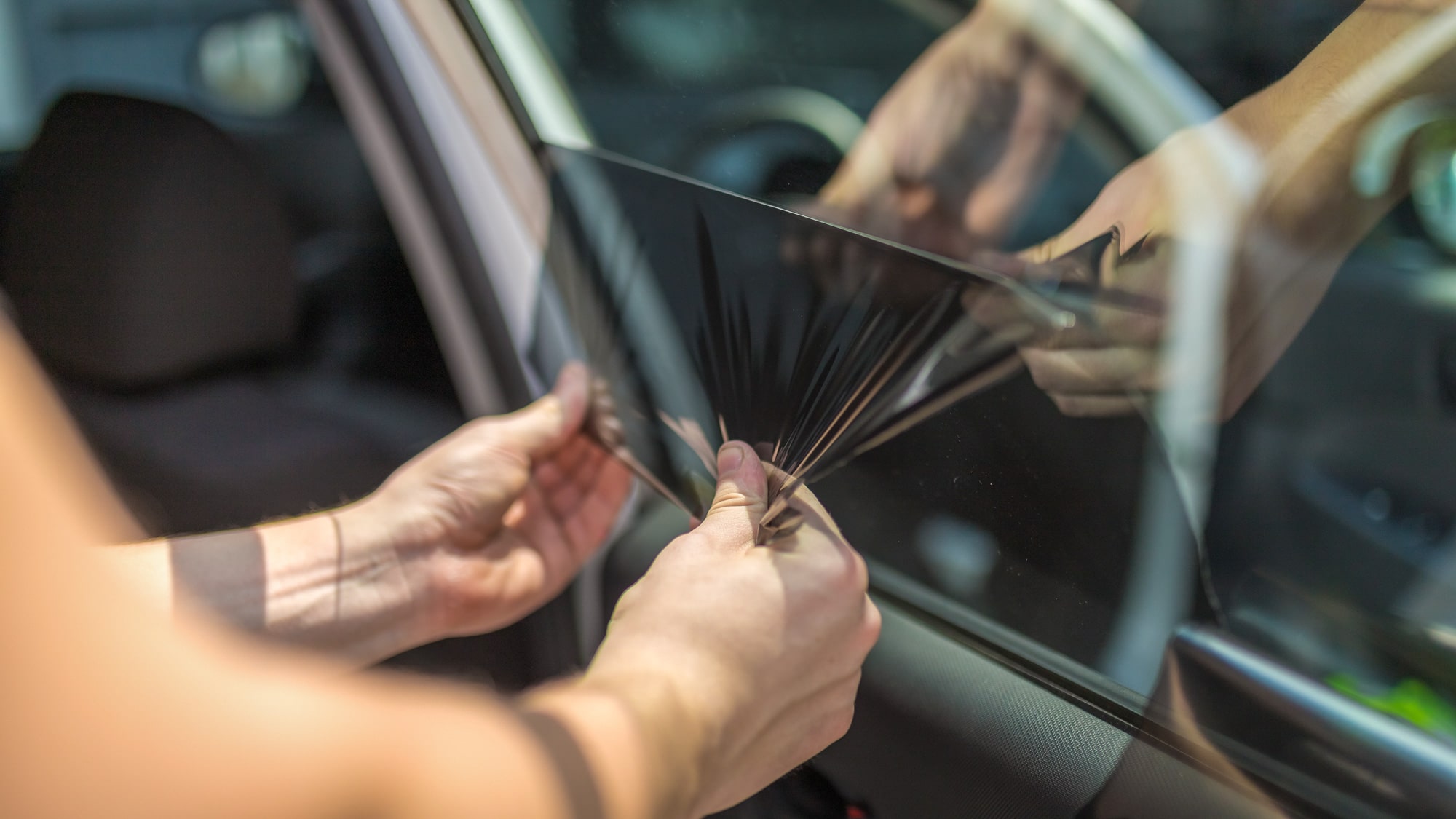
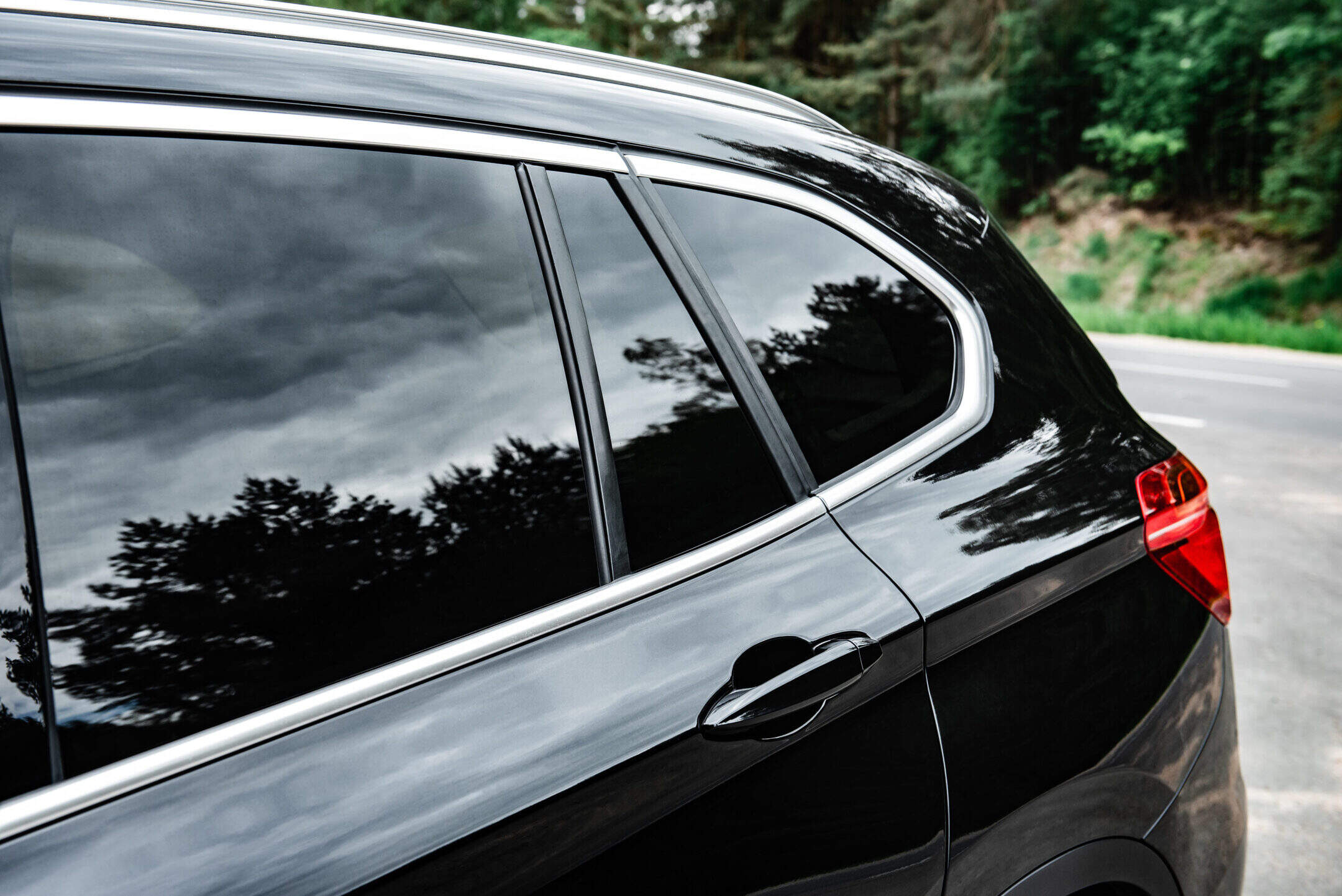
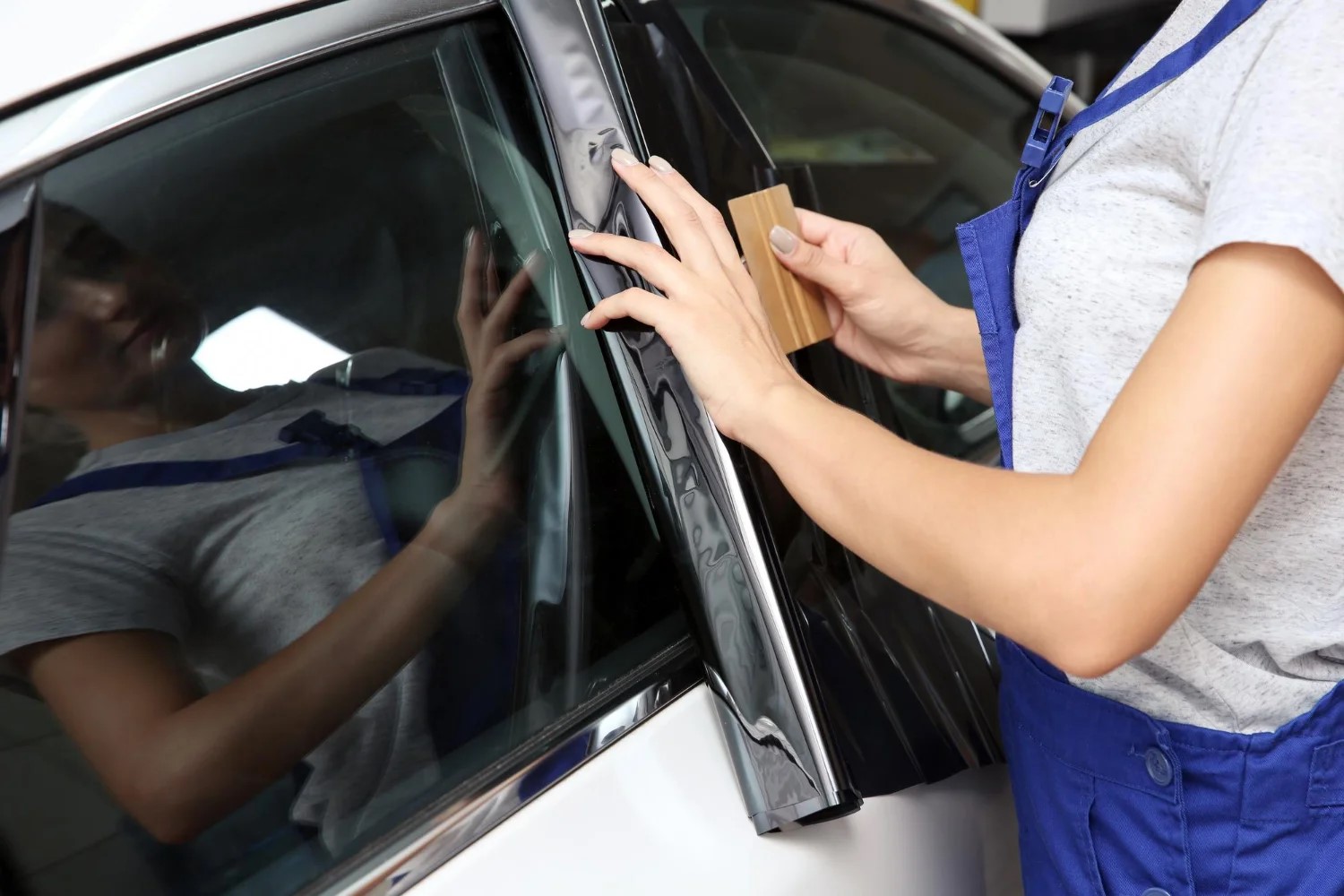
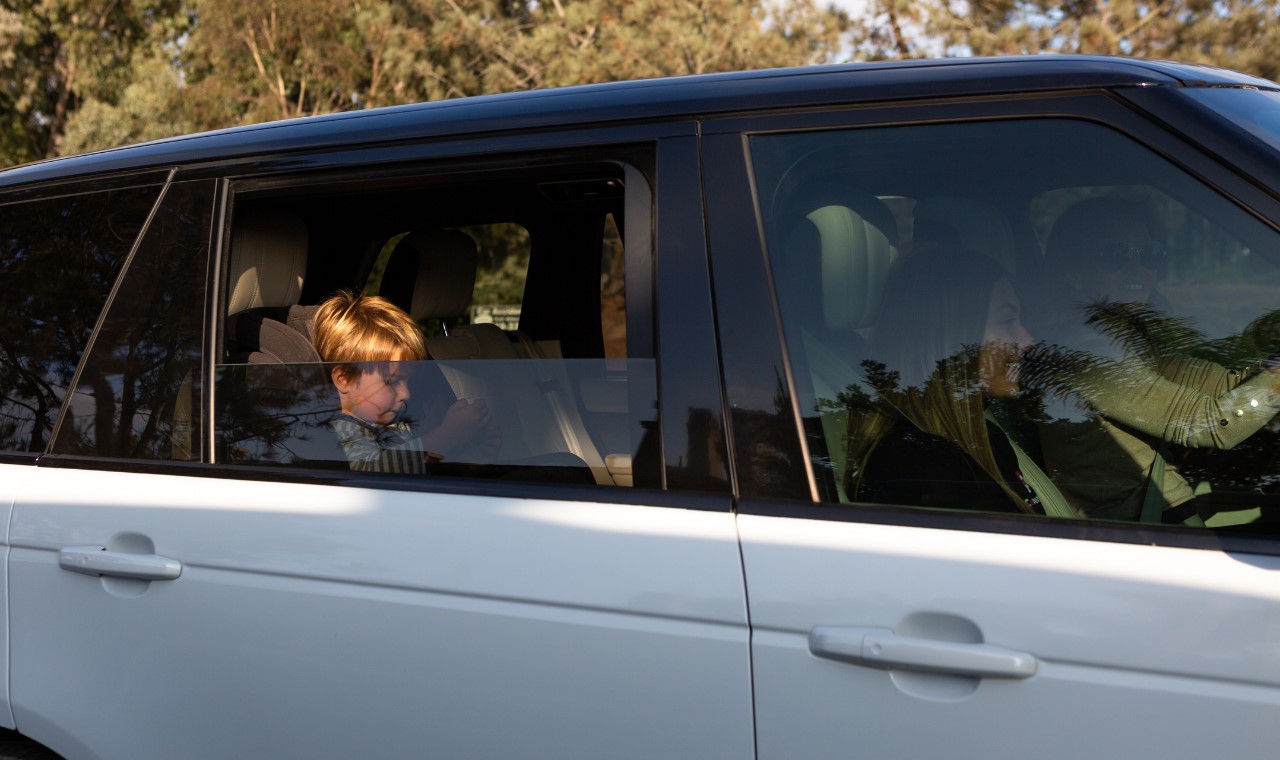
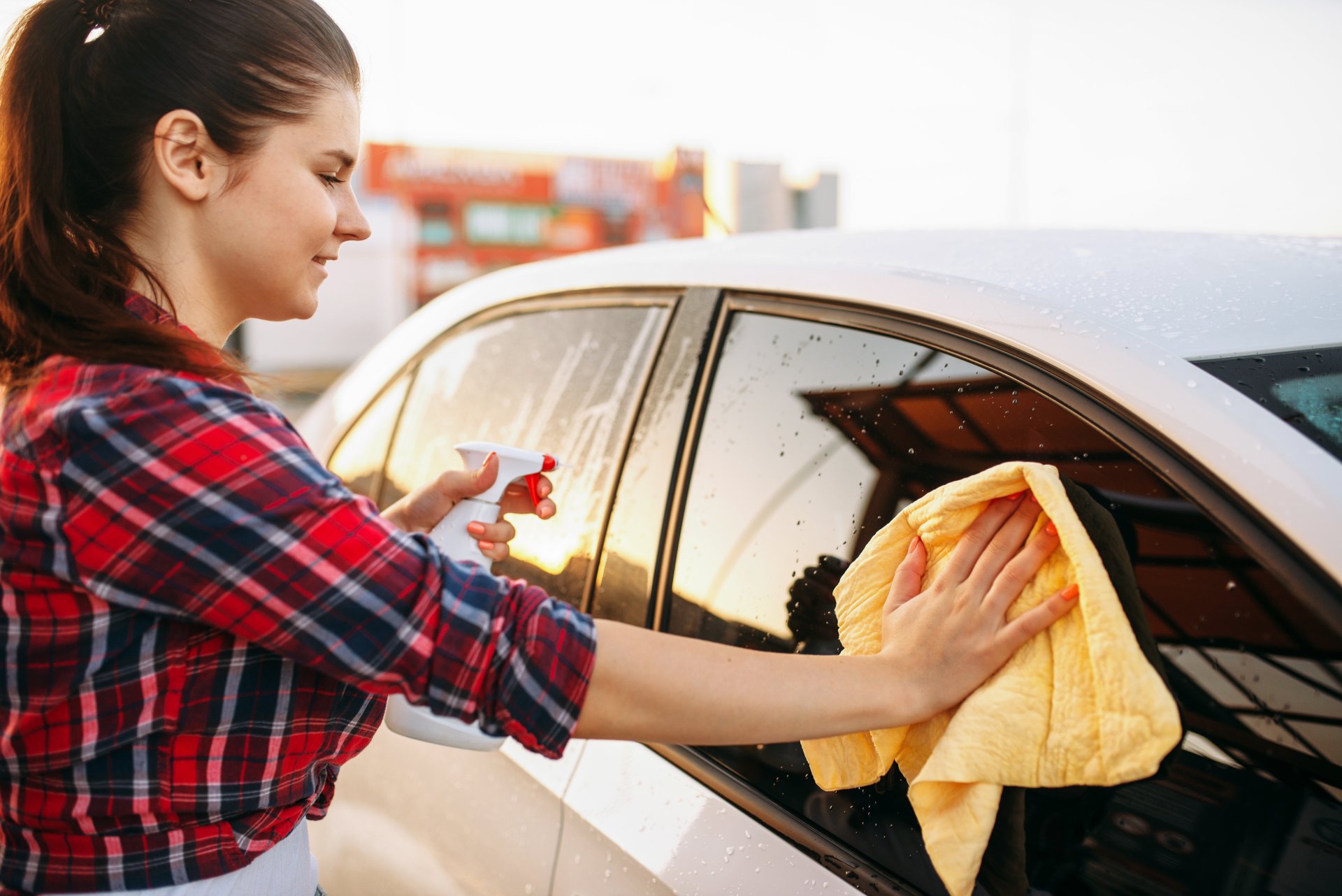
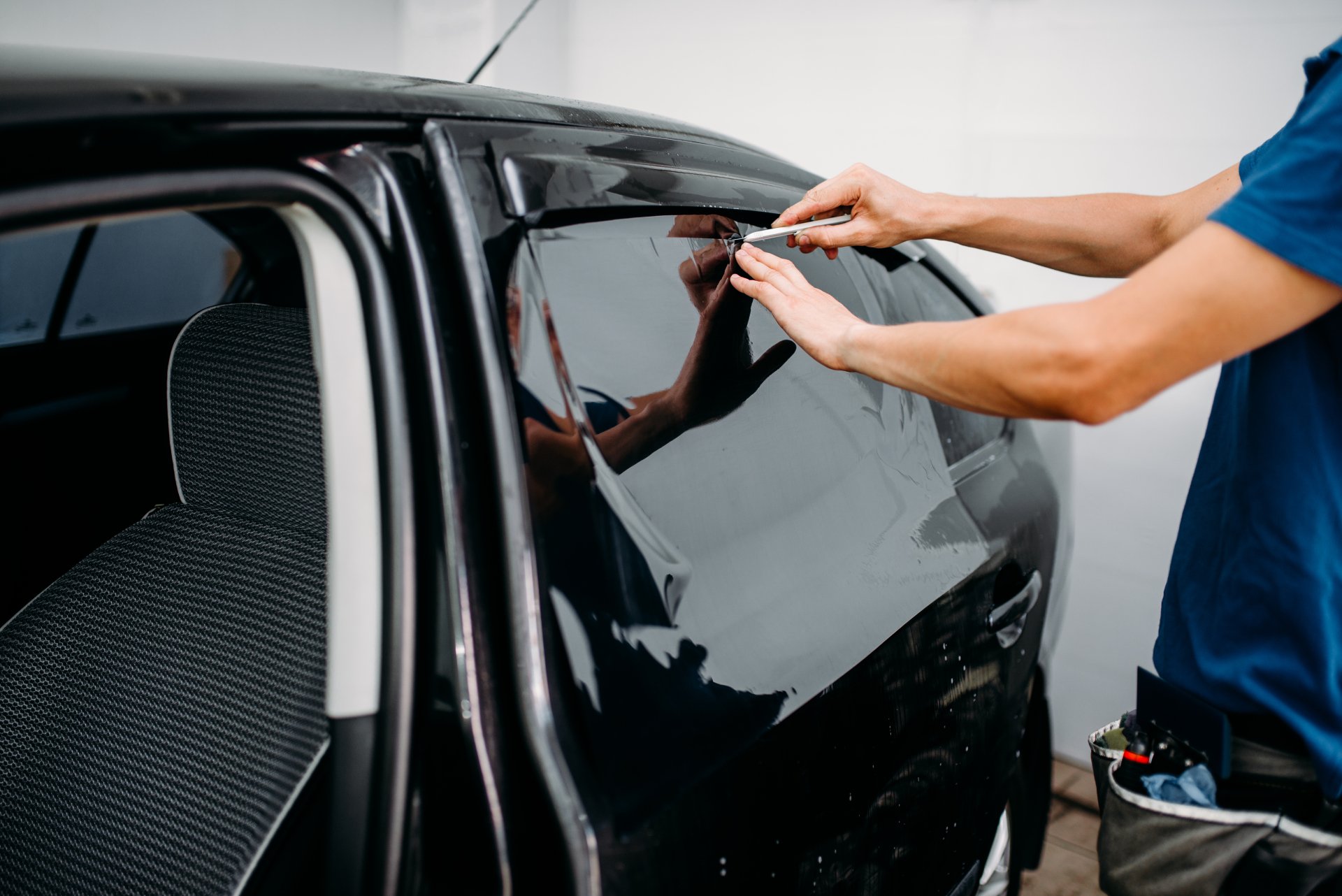
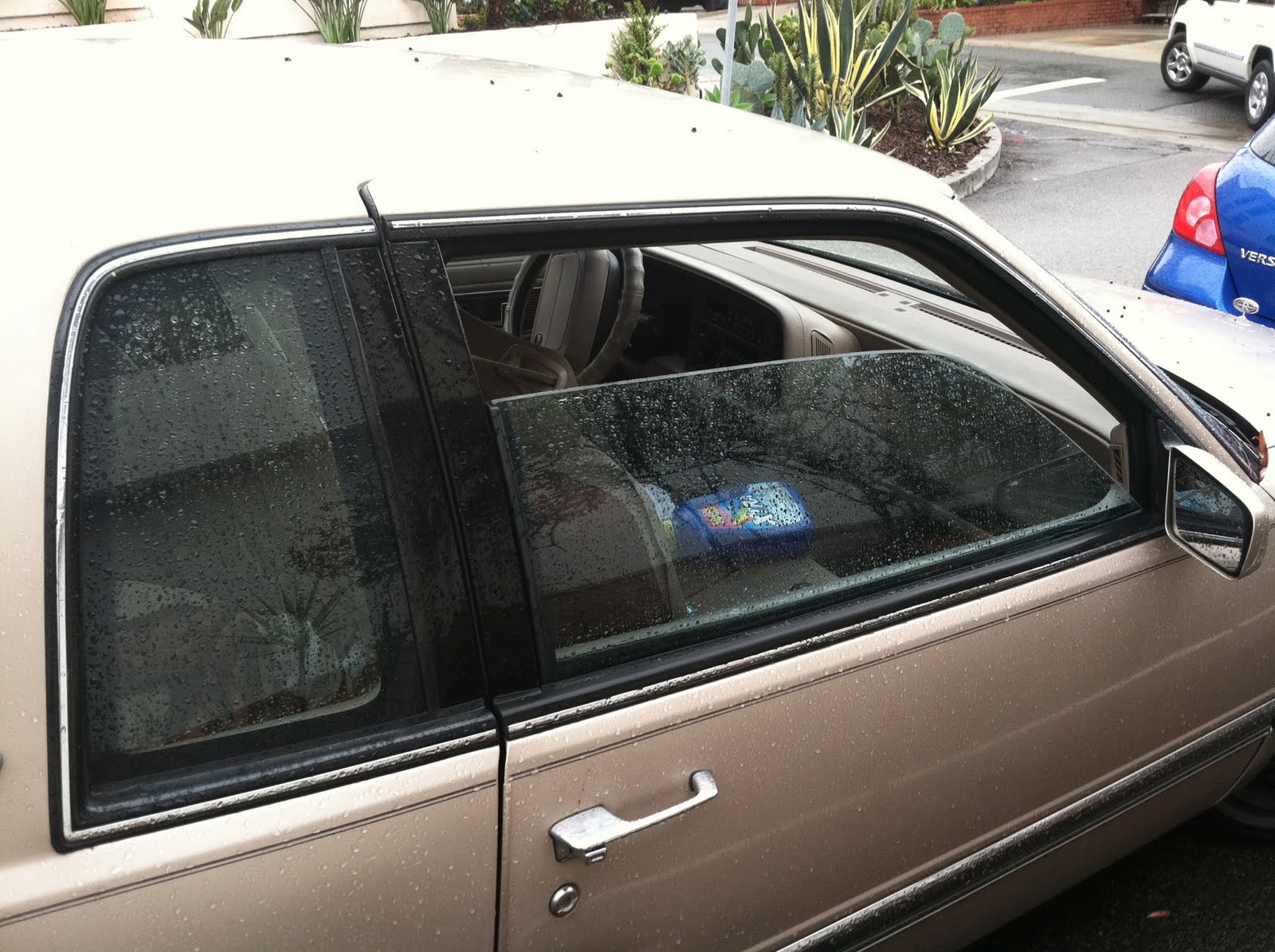
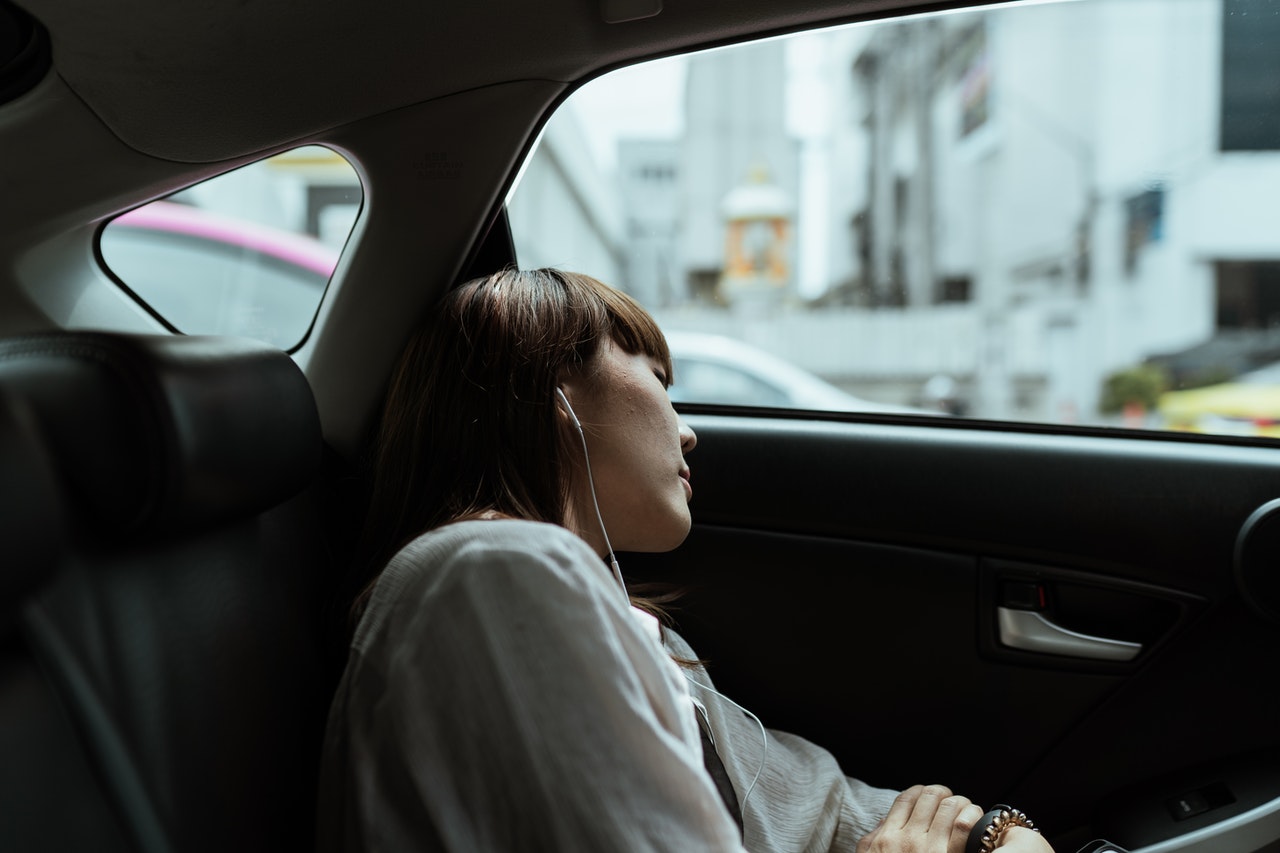

0 thoughts on “What Percentage Can You Tint Your Car Windows”